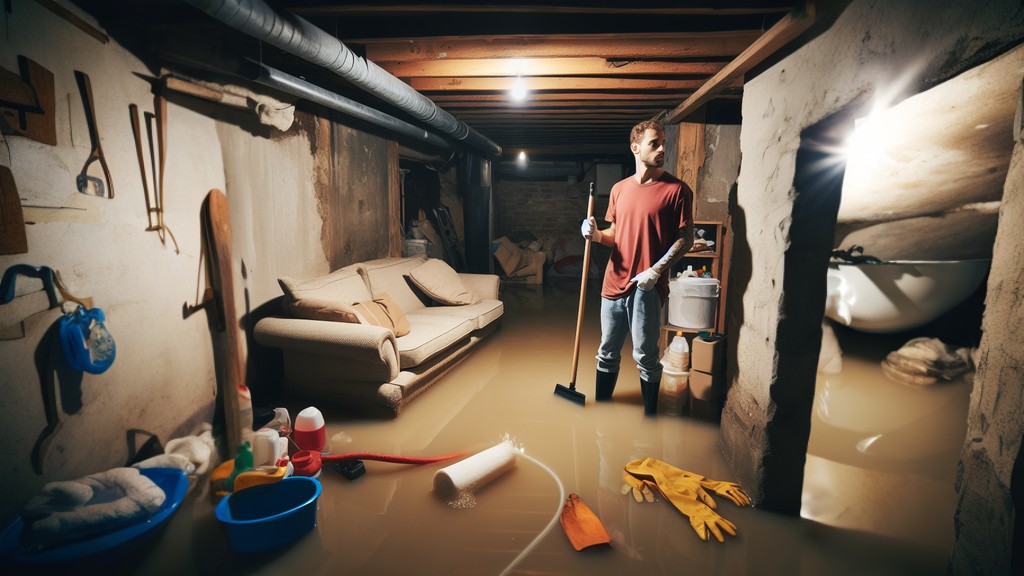Introduction
Water damage can be a homeowner’s worst nightmare, causing both structural and financial setbacks. If you’re facing the aftermath of a water-related disaster in Dallas, Texas, understanding the ins and outs of water damage restoration is crucial. In this comprehensive guide, we’ll delve into the reasons behind the expense, the remediation process, major concerns, and the distinctions between mitigation, remediation, and restoration.
Why is Water Damage Restoration in Dallas So Expensive?
Water damage restoration in Dallas can often be a costly affair, and several factors contribute to this expense. Firstly, the immediate response is critical to preventing further damage. Emergency services, including water extraction and drying equipment, come at a premium. Additionally, restoration experts in Dallas employ advanced technologies to detect hidden moisture, ensuring a thorough restoration.
Also Read: Comprehensive Guide to Water Damage Restoration in Dallas
How to Remediate Water Damage in Dallas
The remediation process is the key to salvaging your property after water damage. In Dallas, this involves a systematic approach. First and foremost, it’s essential to identify and stop the source of the water. Once this is done, the removal of standing water takes precedence, employing specialized equipment for efficient extraction. Drying and dehumidification follow, ensuring that no moisture is left lurking in hidden corners.
The Biggest Concern with Water Damage in Dallas
Among the myriad concerns with water damage, mold growth tops the list, especially in the warm and humid climate of Dallas. Mold can start to develop within 24 to 48 hours after water exposure. This not only poses health risks but can also lead to further damage to your property. Swift and thorough remediation are imperative to prevent mold from becoming a persistent problem.
Mitigation vs. Remediation vs. Restoration in Dallas

Understanding the distinctions between mitigation, remediation, and restoration is crucial in the context of water damage in Dallas.
- Mitigation: This involves taking immediate actions to minimize the severity of the damage. In Dallas, this could include emergency water extraction and preventing further water intrusion.
- Remediation: The primary focus here is on the removal and cleanup of water, ensuring that the affected areas are thoroughly dried and sanitized. This step is critical to prevent secondary issues like mold growth.
- Restoration: This is the final phase where the property is restored to its pre-damage condition. In Dallas, restoration experts may repair or replace damaged structures, ensuring a seamless transition back to normalcy.
In Dallas, finding reliable and best water damage restoration services often begins with exploring reviews. Homeowners seeking residential water damage restoration in Dallas should prioritize prompt action to mitigate the risks. Some companies even offer free water damage restoration consultations in Dallas, providing valuable insights into the extent of the damage and potential restoration costs.
Also Read: Water Damage Restoration DFW: A Comprehensive Guide to Mitigation and Restoration
Conclusion
Navigating the aftermath of water damage in Dallas requires a strategic and timely response. From understanding why the process can be expensive to the nuances of mitigation, remediation, and restoration, being well-informed is the first step towards reclaiming your home. Remember, when facing water damage in Dallas, swift action is not just an option – it’s a necessity.










